1. Meat Loaf
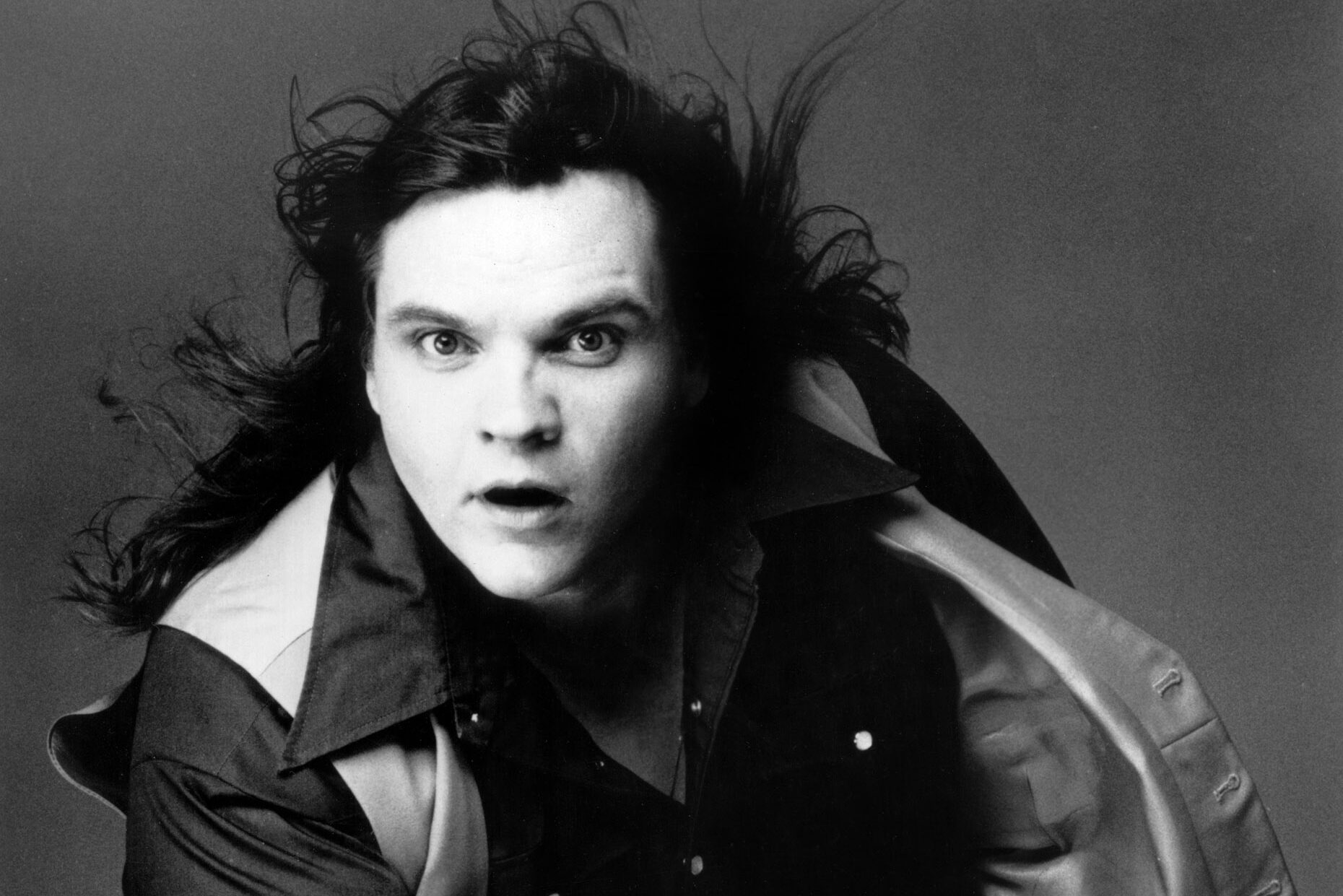
Meat Loaf didn’t look or sound like your typical rock star, but that didn’t stop him from becoming one of the biggest names of the ’70s. His 1977 album Bat Out of Hell was a theatrical, operatic rock masterpiece that didn’t fit into any mainstream category, yet it sold over 40 million copies. Before his music career took off, he was more known for acting, even starring in The Rocky Horror Picture Show as the doomed biker Eddie. His powerful voice and dramatic performances set him apart, making him a larger-than-life presence in rock music. He wasn’t a teen idol, didn’t have the traditional rock-star look, and his songs were sometimes over 10 minutes long—yet he won over millions of fans says Louder.
His collaborations with songwriter Jim Steinman created a sound that was as over-the-top as his stage presence. Despite his initial success, he struggled with financial and personal issues throughout his career, yet he always managed to make a comeback. His follow-up albums never quite matched the impact of Bat Out of Hell, but he remained a beloved figure in rock music. It’s rare for someone who defied so many industry expectations to make it big, but Meat Loaf did just that.
2. Debbie Harry
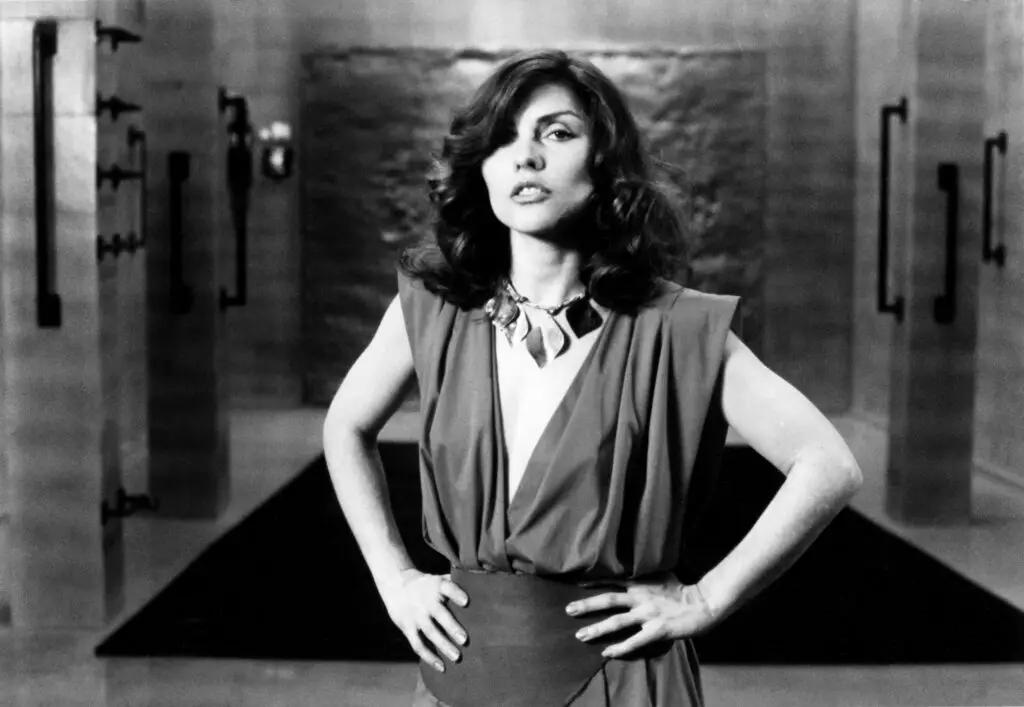
Before becoming the frontwoman of Blondie, Debbie Harry spent years working odd jobs, including a stint as a Playboy Bunny. She didn’t fit the mold of a typical punk rocker—she was glamorous, blonde, and had a pop-star quality that set her apart from the gritty, underground scene. Yet, she and Blondie became one of the defining acts of the late ’70s and early ’80s, blending punk, new wave, and even disco. Her striking looks often led people to underestimate her, but her talent and stage presence made Blondie a force to be reckoned with. Hits like “Heart of Glass” and “Call Me” showcased her ability to mix genres effortlessly shares PEOPLE.
Despite her cool, effortless image, she faced major challenges, including financial struggles and caring for her longtime partner Chris Stein when he fell seriously ill. She stepped away from music for a time but eventually made a comeback as a solo artist. Her ability to constantly reinvent herself kept her relevant long after Blondie’s heyday. Debbie Harry proved that being unconventional in the punk scene could actually make you a star.
3. Willie Nelson
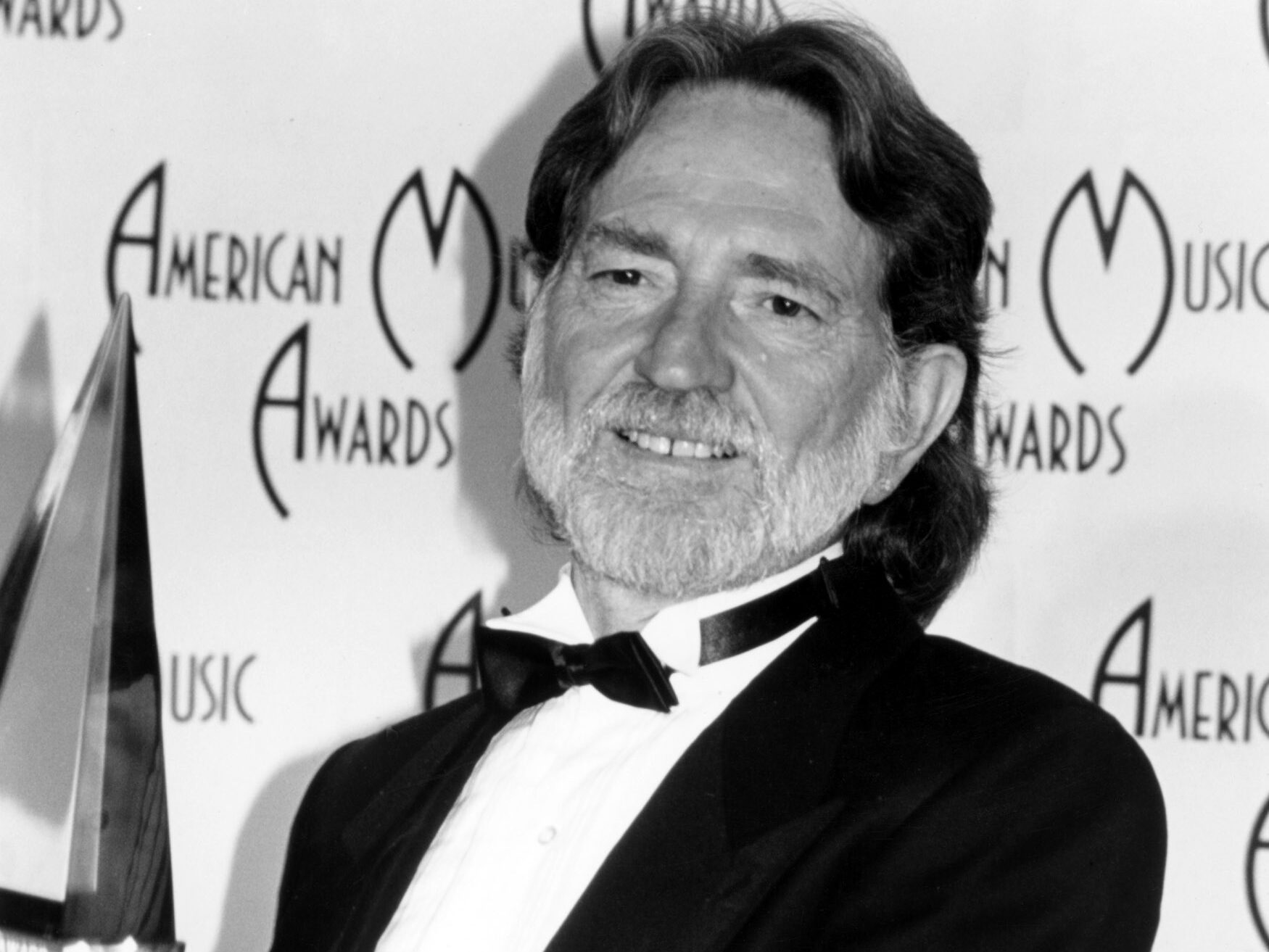
Willie Nelson wasn’t the typical clean-cut country singer of the ’60s—he was a long-haired, bandana-wearing outlaw who changed the face of country music. He struggled for years in Nashville as a songwriter, penning hits for other artists but never quite fitting in as a performer. It wasn’t until he moved to Texas and embraced his unique sound that he found success. His 1975 album Red Headed Stranger was stripped-down and raw, unlike the polished country music of the time, yet it became a massive hit. He defied expectations by crossing over into pop and rock audiences, bringing country music to places it had never been before says Closer Weekly.
As the outlaw country movement grew, Nelson became one of its most beloved figures, known for his laid-back style and signature guitar, Trigger. By the ’80s, he had hit songs like “On the Road Again” and “Always on My Mind” that cemented his status as a legend. His ability to connect with audiences through his storytelling and unique voice made him an unlikely but undeniable superstar. Nelson’s success proved that sometimes, being different is exactly what makes you stand out.
4. Pat Benatar
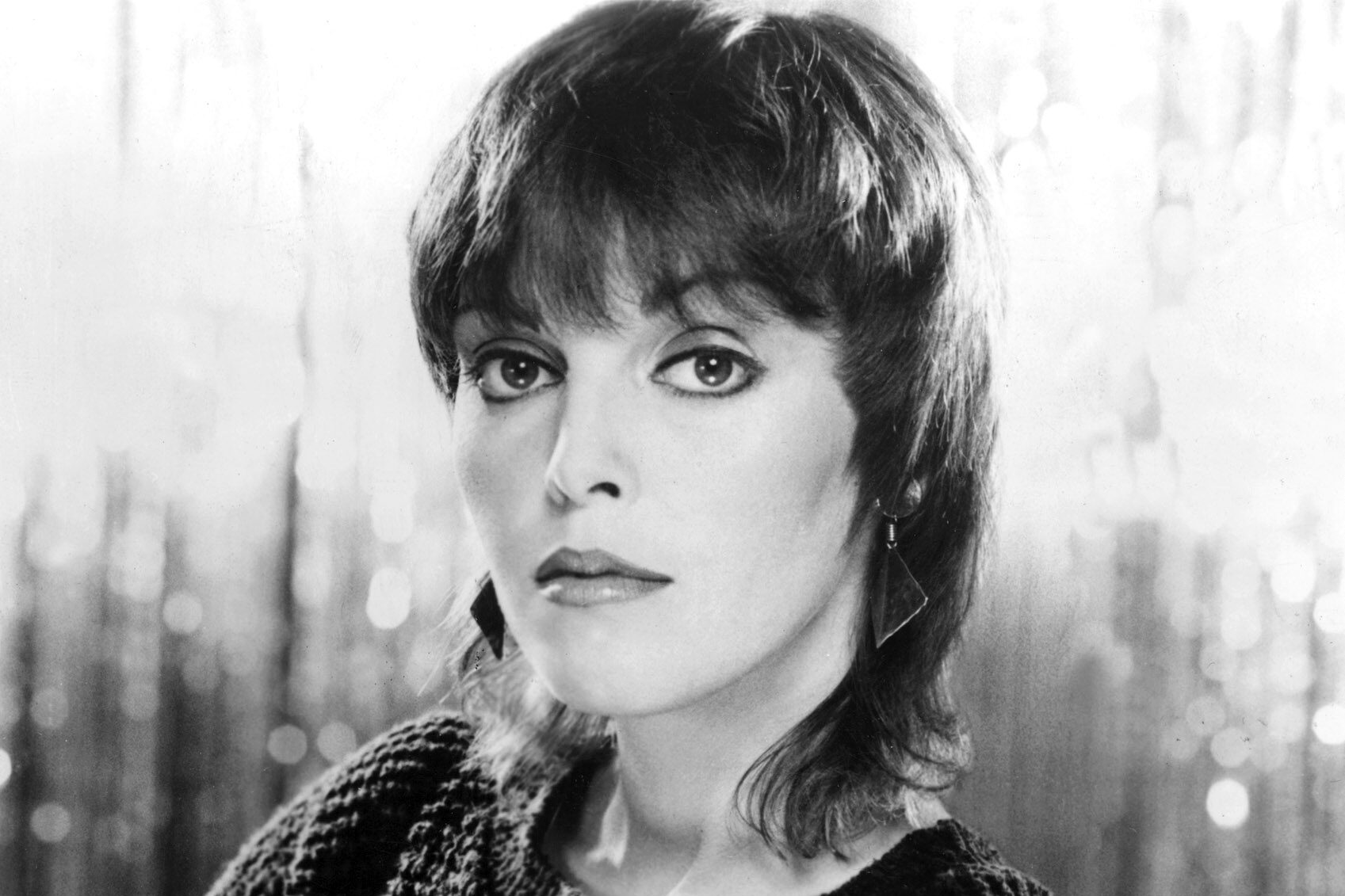
Pat Benatar never set out to be a rock star—she actually trained as an opera singer before deciding to pursue pop music. In the male-dominated rock scene of the late ’70s, it was rare for a female artist to be taken seriously, let alone one with a powerhouse voice like hers. When she released her debut album in 1979, her blend of rock and pop struck a chord with audiences. Songs like “Heartbreaker” and “Hit Me with Your Best Shot” turned her into one of the first female rock stars to achieve massive success. Her edgy yet polished image set her apart from the softer, folk-influenced female artists of the time shares Ultimate Classic Rock.
She had to fight for her place in rock music, proving time and again that she was more than just a pretty face. Her music videos in the early days of MTV helped solidify her image as a tough, confident performer. By the ’80s, she was dominating the charts with hits like “Love Is a Battlefield” and “We Belong.” Pat Benatar’s rise to fame was unexpected, but her voice and attitude made her one of the defining artists of her era.
5. Kenny Rogers
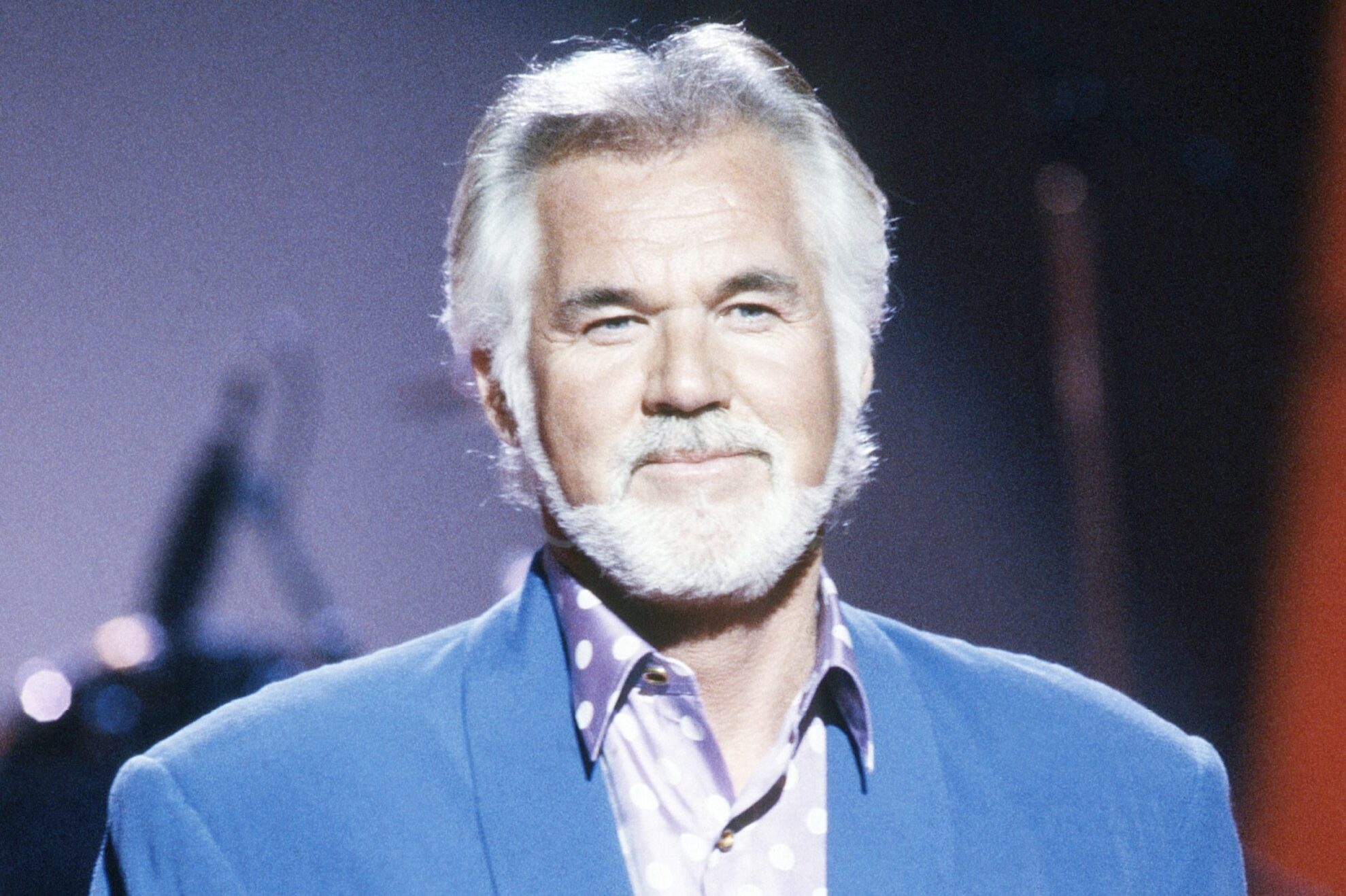
Kenny Rogers didn’t fit into any one category—he started in a psychedelic rock band before transitioning to country music in the ’70s. His smooth voice and storytelling ability made him a unique presence in the industry. Songs like “Lucille” and “The Gambler” turned him into one of country music’s biggest crossover stars. Unlike the traditional country singers of the time, Rogers had a mainstream appeal that made him a favorite among pop audiences. He wasn’t a flashy performer, but his ability to connect with listeners made him stand out.
By the ’80s, he was selling out arenas and even branching into acting. His duets with Dolly Parton, especially “Islands in the Stream,” became massive hits. His white beard and soft-spoken charm made him seem more like a friendly uncle than a rock star, but that’s exactly why people loved him. Kenny Rogers became one of the most successful artists of the ’70s and ’80s, despite being an unlikely candidate for superstardom.
6. Cyndi Lauper
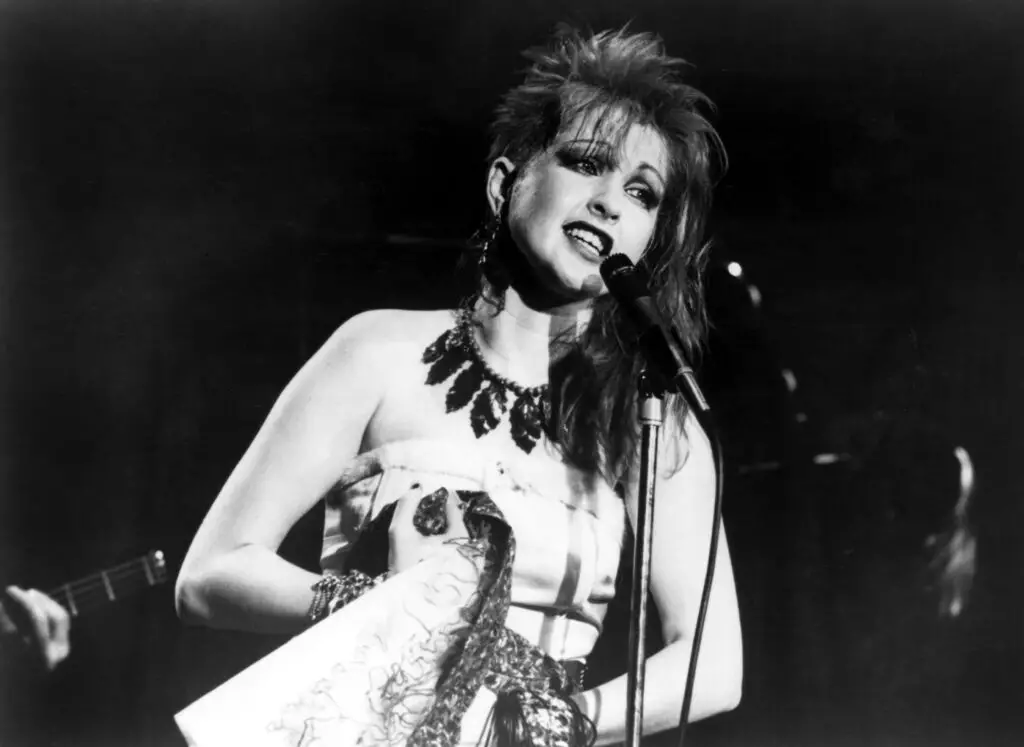
Before she became an MTV icon, Cyndi Lauper spent years struggling to get her music career off the ground. Her quirky voice and eccentric fashion sense didn’t fit into any one genre, making her a tough sell to record labels. But when she released She’s So Unusual in 1983, everything changed. Songs like “Girls Just Want to Have Fun” and “Time After Time” made her a superstar almost overnight. Her mix of punk, new wave, and pop set her apart from other female artists of the time.
She didn’t look or sound like anyone else, which made her instantly recognizable. Her success wasn’t just about image—she had an incredible voice and a talent for writing emotional, relatable songs. While many saw her as just a fun, wacky pop star, she proved she had staying power. Cyndi Lauper’s rise to fame was as unexpected as her ever-changing hair color, but she became one of the most beloved artists of the ’80s.
7. Ozzy Osbourne
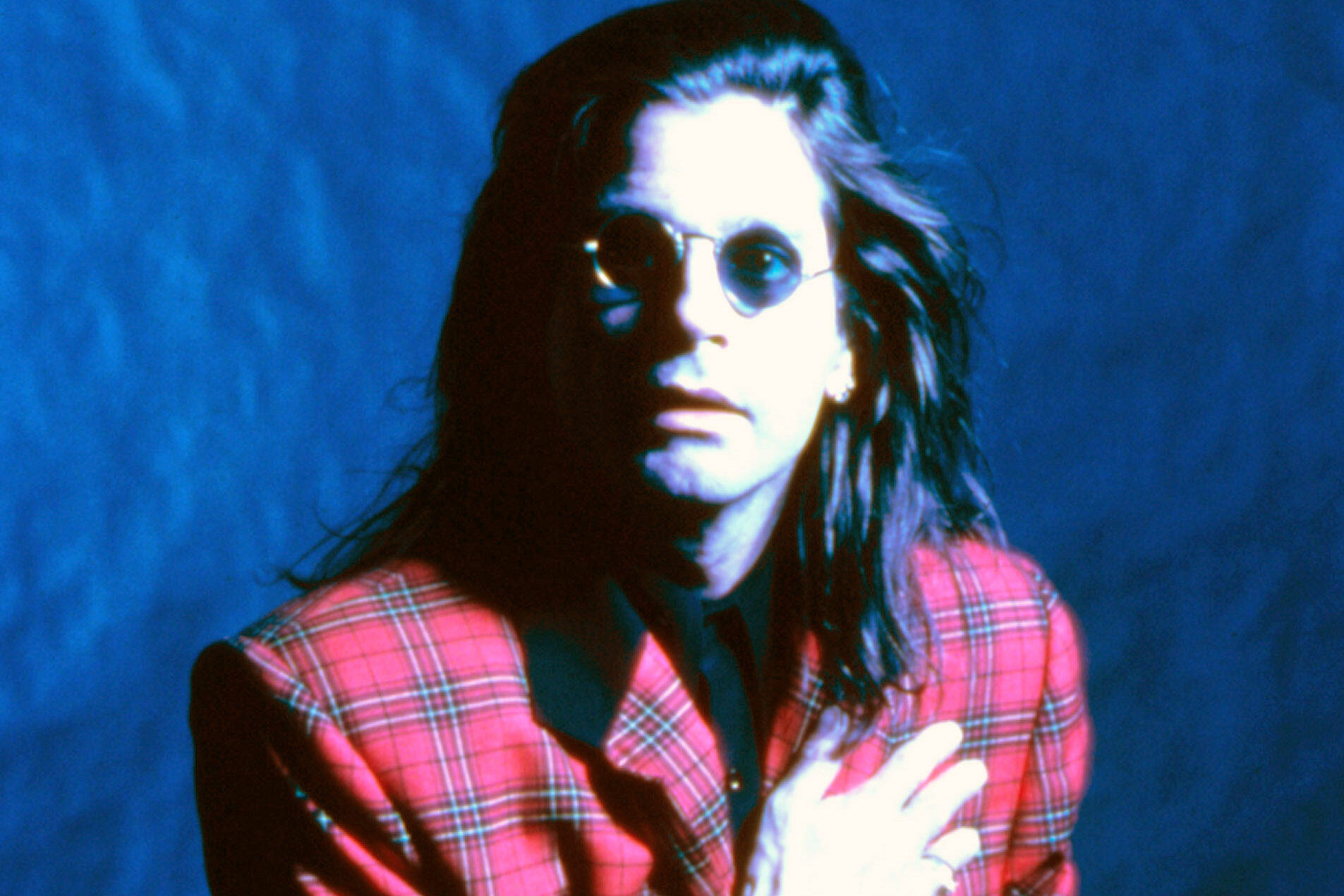
Ozzy Osbourne wasn’t supposed to be a solo star—after all, he was kicked out of Black Sabbath in 1979. Known for his wild antics and heavy metal roots, many thought his career was over when he parted ways with the band. But instead of fading away, he reinvented himself with Blizzard of Ozz, launching a solo career that exceeded all expectations. Hits like “Crazy Train” and “Mr. Crowley” turned him into a legend in his own right. His over-the-top stage presence and outrageous behavior only added to his appeal.
Despite his struggles with addiction and controversy, he managed to keep his career going for decades. His wife and manager, Sharon Osbourne, played a huge role in keeping him on track and turning him into a household name. By the ’80s, he was one of the biggest rock stars in the world, defying the odds at every turn. Ozzy Osbourne’s career was anything but predictable, but that’s exactly why people loved him.
8. Donna Summer
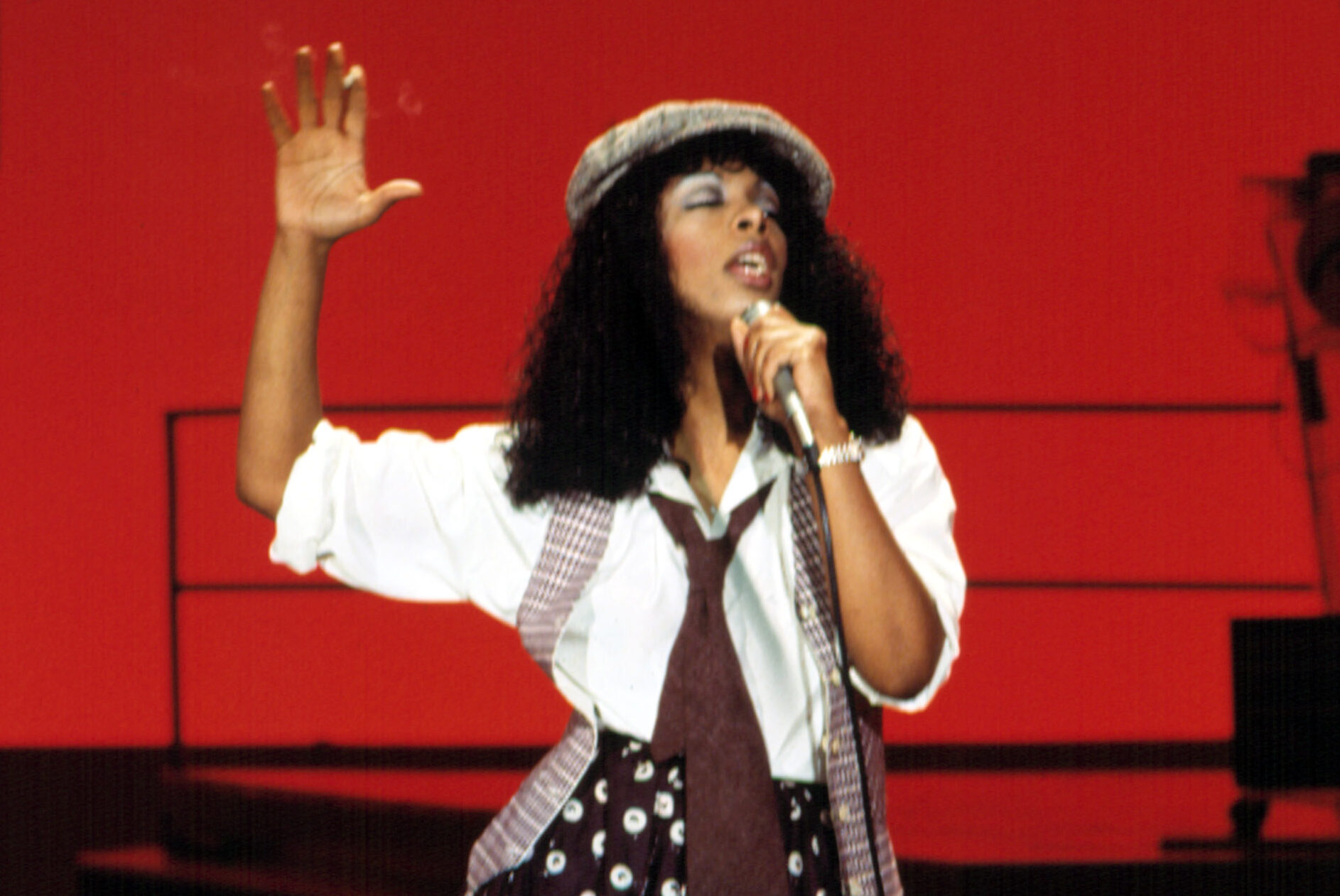
Donna Summer didn’t set out to be the Queen of Disco—she originally wanted to be a Broadway star. She spent years in Europe performing in musicals before stumbling into the music industry almost by accident. When she recorded “Love to Love You Baby” in 1975, her sultry vocals and hypnotic beats made her a sensation overnight. Despite disco being seen as a passing fad, she kept reinventing herself and dominated the charts well into the ’80s. Songs like “Hot Stuff” and “She Works Hard for the Money” proved she wasn’t just a disco singer—she had real vocal power and artistic range.
What made her success even more unlikely was the backlash disco faced in the late ’70s. Many artists from the genre faded away, but Summer managed to stay relevant by embracing rock and pop influences. She became one of the first Black female artists to have a massive crossover appeal, breaking barriers in the industry. By the ’80s, she was still topping the charts while many of her disco peers had disappeared. Donna Summer may have been an unlikely star, but her talent and versatility made her a lasting icon.
9. Billy Joel
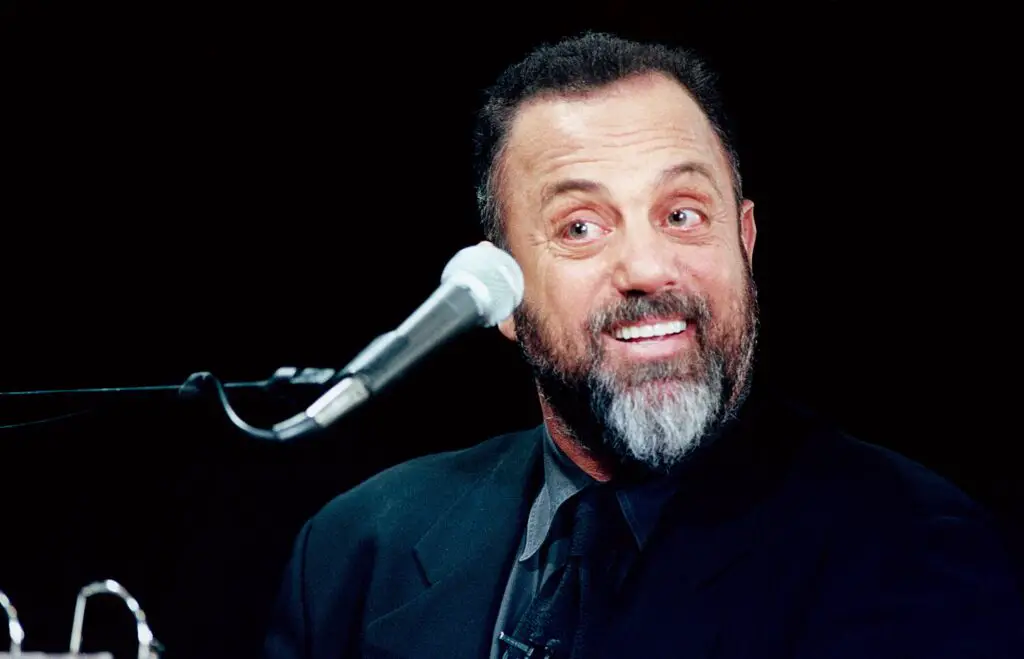
Billy Joel’s journey to stardom was anything but smooth—his early career was filled with setbacks, including a failed band and a disastrous record deal. At one point, he even fled to Los Angeles and performed in piano bars under a fake name just to make ends meet. When Piano Man was released in 1973, it didn’t make him an instant superstar, but the title track slowly gained popularity. He wasn’t a flashy performer or a rock god—he was just a guy at a piano writing songs about everyday life. His storytelling ability set him apart, making him a relatable and unlikely rock star.
By the late ’70s, he was one of the biggest artists in the world, with hits like “Just the Way You Are” and “Only the Good Die Young.” His working-class image and self-deprecating humor made him even more likable. Unlike many rock stars of the era, he didn’t rely on a wild persona—he let his music do the talking. In the ’80s, albums like Glass Houses and An Innocent Man cemented his place as one of the greatest songwriters of his generation. Billy Joel’s success wasn’t about being the coolest guy in the room—it was about writing songs that people connected with.
10. Joan Jett
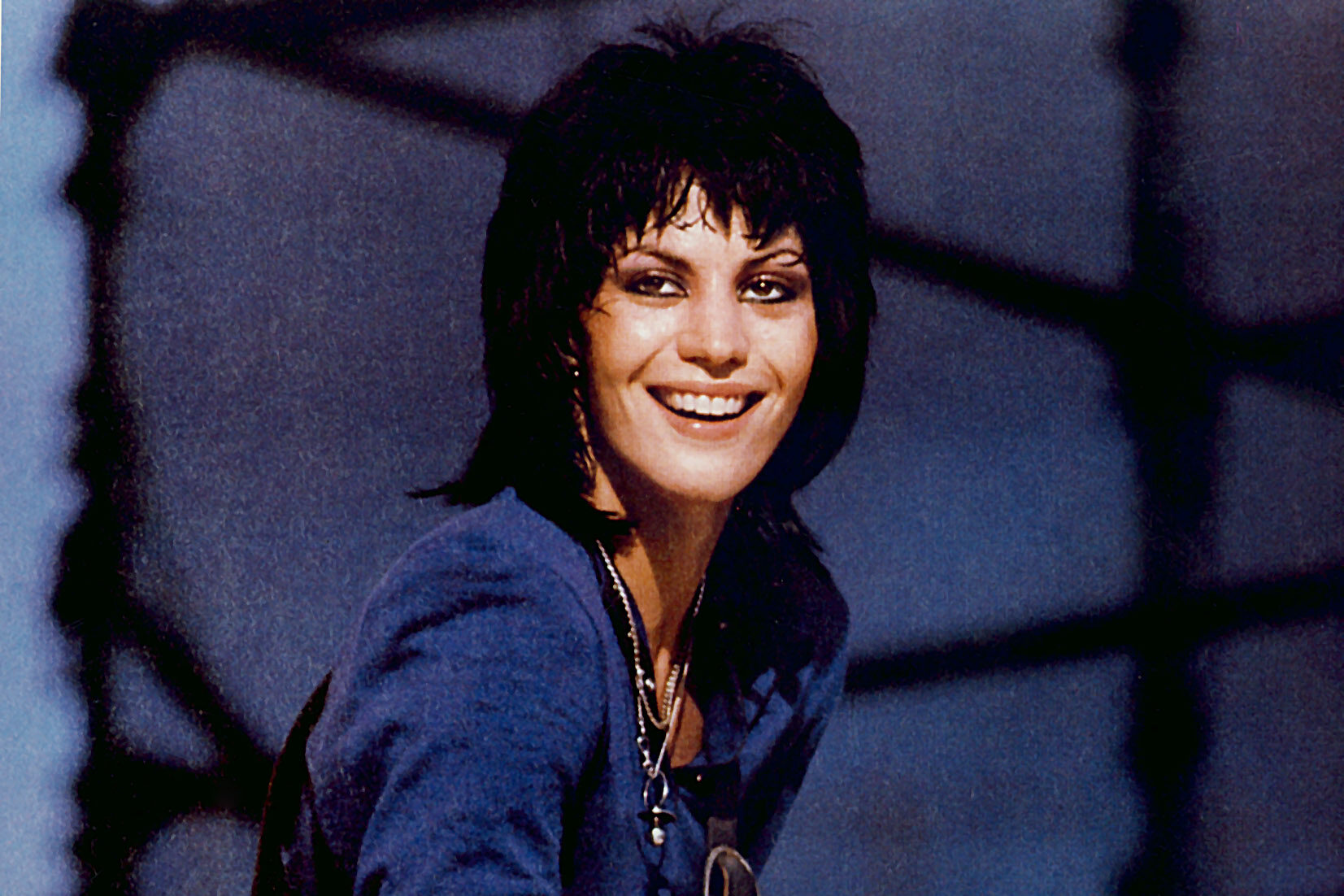
Joan Jett had to fight for every bit of success she got. After her first band, The Runaways, fell apart, she was rejected by nearly every record label when she tried to go solo. Instead of giving up, she and her manager formed their own label and released Bad Reputation independently. Her mix of punk and hard rock wasn’t mainstream at the time, but when “I Love Rock ’n Roll” was released in 1981, everything changed. The song became a massive hit, proving that a tough, leather-clad woman could be a rock star in a male-dominated industry.
She never fit the typical mold of a female pop star—she didn’t soften her image or change her sound to appeal to the masses. Her raspy voice and rebellious attitude made her a role model for women in rock. Even after her biggest hits faded, she continued to tour and influence generations of musicians. Joan Jett was never supposed to be a superstar, but she carved out her own place in rock history through sheer determination.
11. Michael McDonald
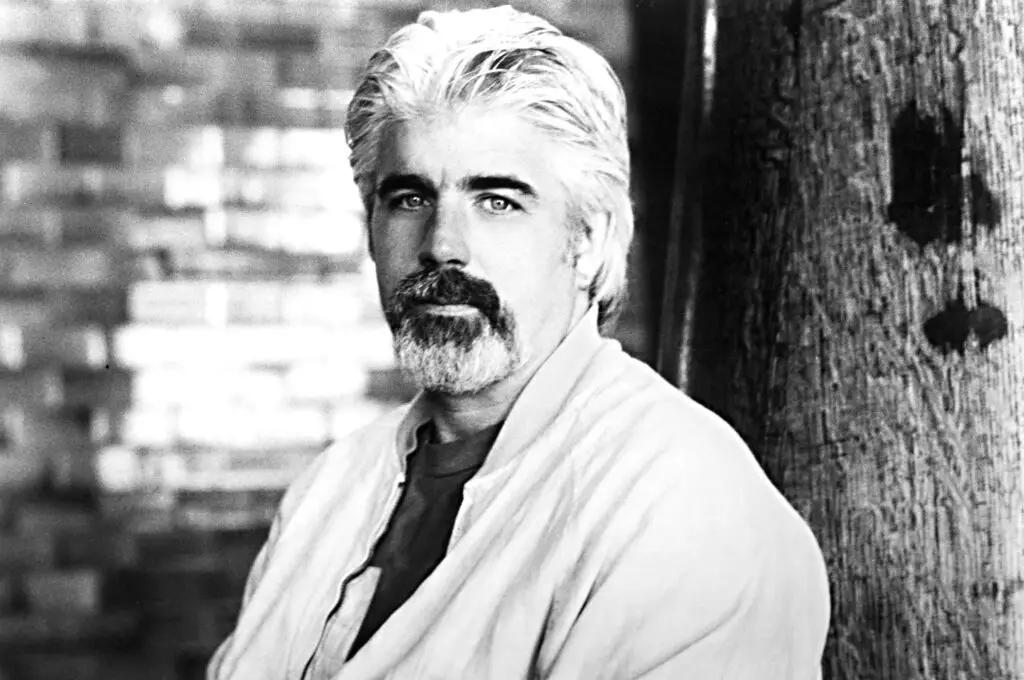
Michael McDonald was never meant to be the face of a band, let alone a major solo star. He started as a backup singer and keyboardist for Steely Dan before joining The Doobie Brothers in the mid-’70s. His smooth, soulful voice didn’t seem like a natural fit for a rock band, but he completely changed their sound. Songs like “What a Fool Believes” and “Takin’ It to the Streets” made the Doobies more popular than ever. His unexpected rise as a lead singer was a rare case of a backup musician stepping into the spotlight and thriving.
Even after leaving The Doobie Brothers, he became one of the most recognizable voices of the ’80s. His solo hits, like “I Keep Forgettin’ (Every Time You’re Near),” cemented his reputation as the king of blue-eyed soul. He also became the go-to guy for collaborations, lending his vocals to hits by Kenny Loggins, Christopher Cross, and even Toto. His success was surprising because he never had the typical rock star persona—just a silky voice that people couldn’t get enough of.
12. Grace Jones
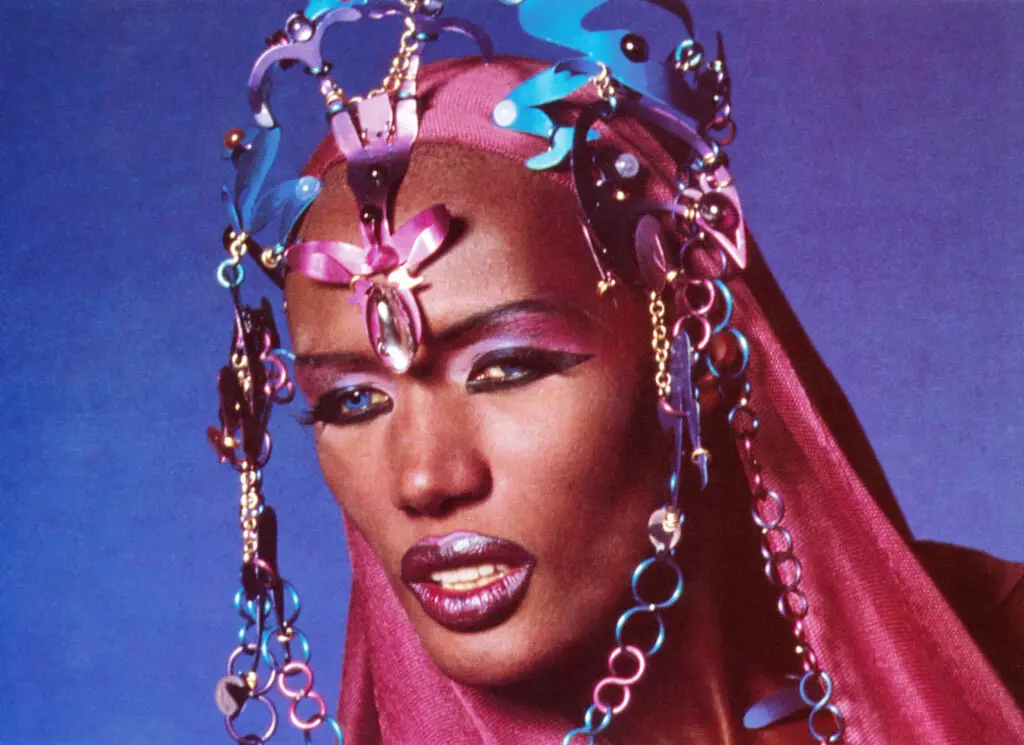
Grace Jones didn’t fit into any category, which is exactly what made her a star. She started as a fashion model before transitioning into music, bringing an androgynous, avant-garde look that was unlike anything in pop or rock at the time. Her mix of new wave, reggae, and dance music was completely unconventional, yet it resonated with audiences. Songs like “Pull Up to the Bumper” and “Slave to the Rhythm” showcased her unique sound and fearless artistry. She was more than a singer—she was a performance artist who blurred the lines between music, fashion, and film.
Despite not having the typical commercial appeal of other pop stars, she became a major influence on artists from Madonna to Lady Gaga. Her commanding stage presence and striking appearance made her unforgettable. Even though she was never the biggest-selling artist of the ’80s, her impact was undeniable. Grace Jones proved that being completely different from everyone else could be the key to lasting fame.
13. Tom Petty
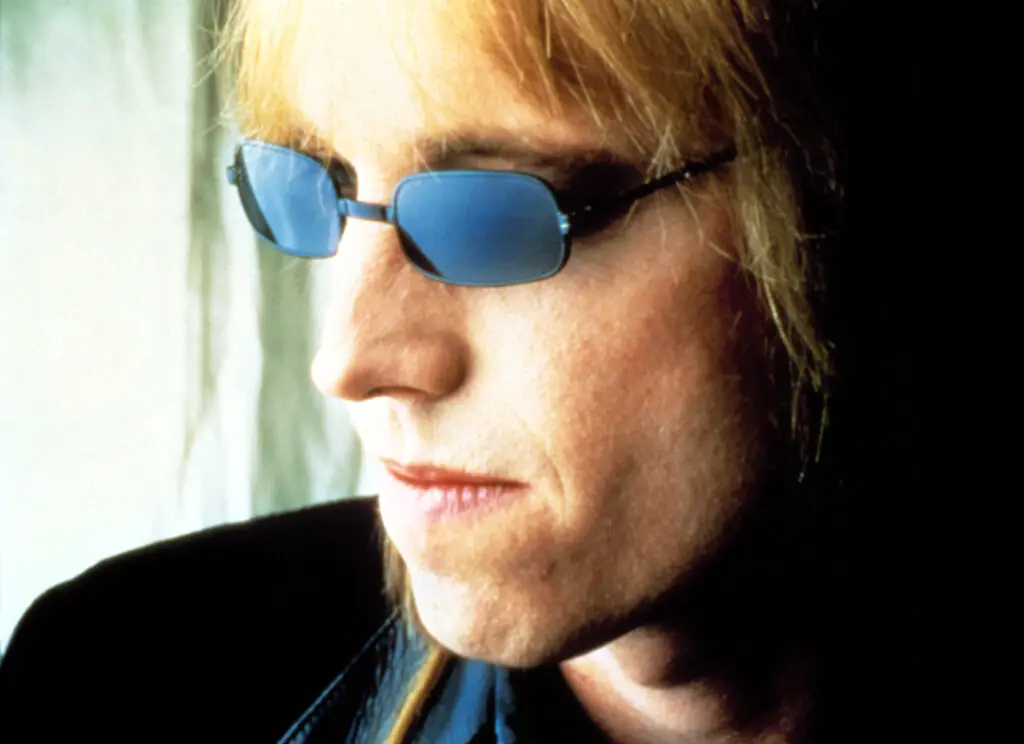
Tom Petty didn’t have the look of a traditional rock star—he wasn’t flashy, didn’t wear wild outfits, and had a somewhat nasal voice that didn’t fit the mold of a classic frontman. Yet, he and The Heartbreakers became one of the most enduring bands of the late ’70s and ’80s. His simple, straightforward rock songs connected with audiences in a way that more theatrical acts couldn’t. Hits like “Refugee” and “Don’t Do Me Like That” made him a staple on rock radio. His music had a timeless quality that appealed to both rock purists and mainstream listeners.
Even when the music industry shifted toward more polished pop in the ’80s, he stayed true to his sound. His 1989 solo album Full Moon Fever, featuring “Free Fallin’” and “I Won’t Back Down,” made him even more popular. He was never the loudest or most controversial figure in rock, but he built a career that lasted for decades. Tom Petty’s rise to fame wasn’t instant or expected, but his honest songwriting and everyman appeal made him a legend.
